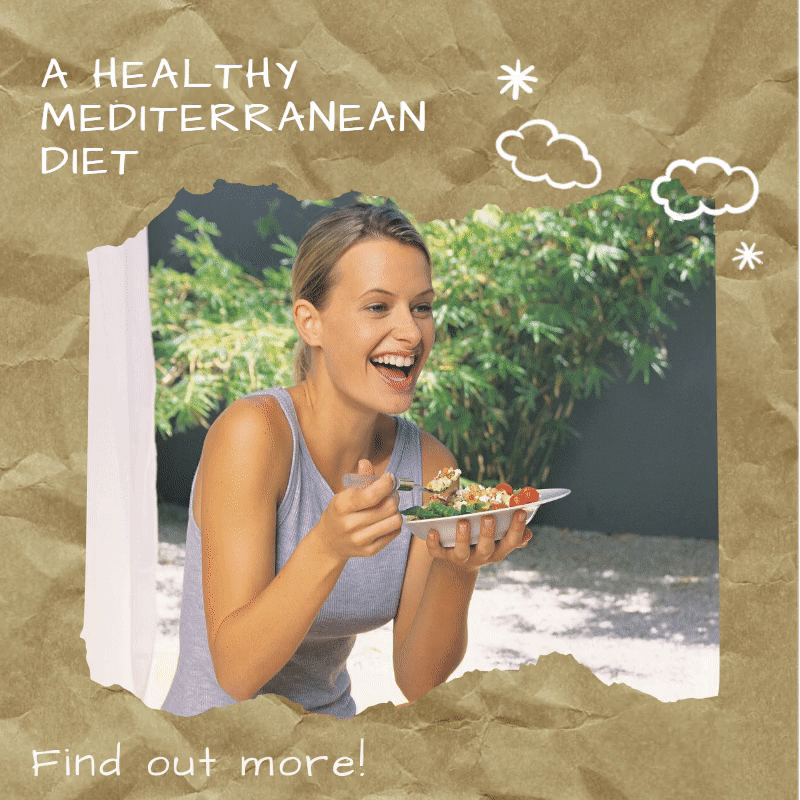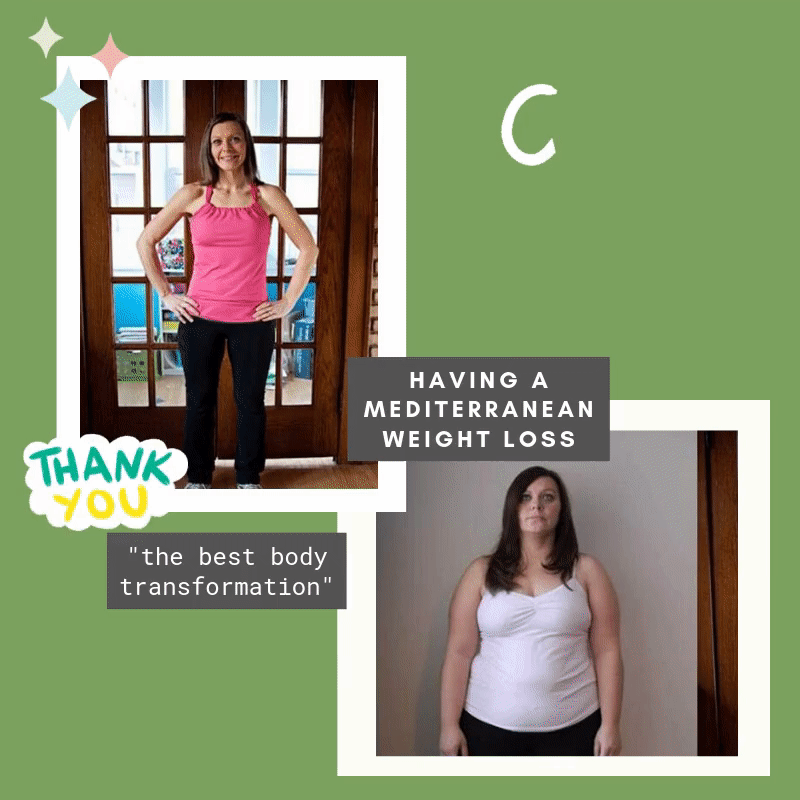Your Guide to Going Mediterranean
March 24, 2021
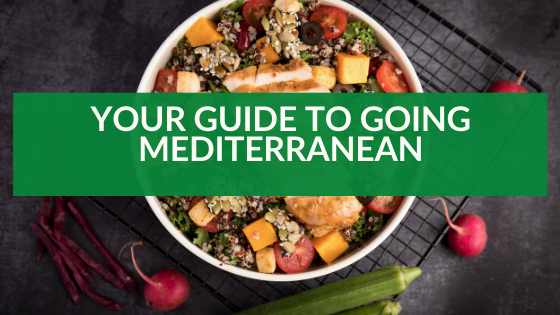
The Mediterranean diet has been wildly popular for decades, and for good reason: It may improve heart health and protect against certain cancers and neurological diseases.
Research shows it could benefit your waistline, and the U.S. New & World Report ranked the Med Diet as the best overall diet (tied with the DASH Diet).
Unlike many trendy diets out there—paleo, keto, Whole 30, Wheat Belly—with their emphasis on animal proteins and discouragement of carbs or grains—the Mediterranean diet is vegetarian-friendly.
1. You Have to Eat A LOT of Produce
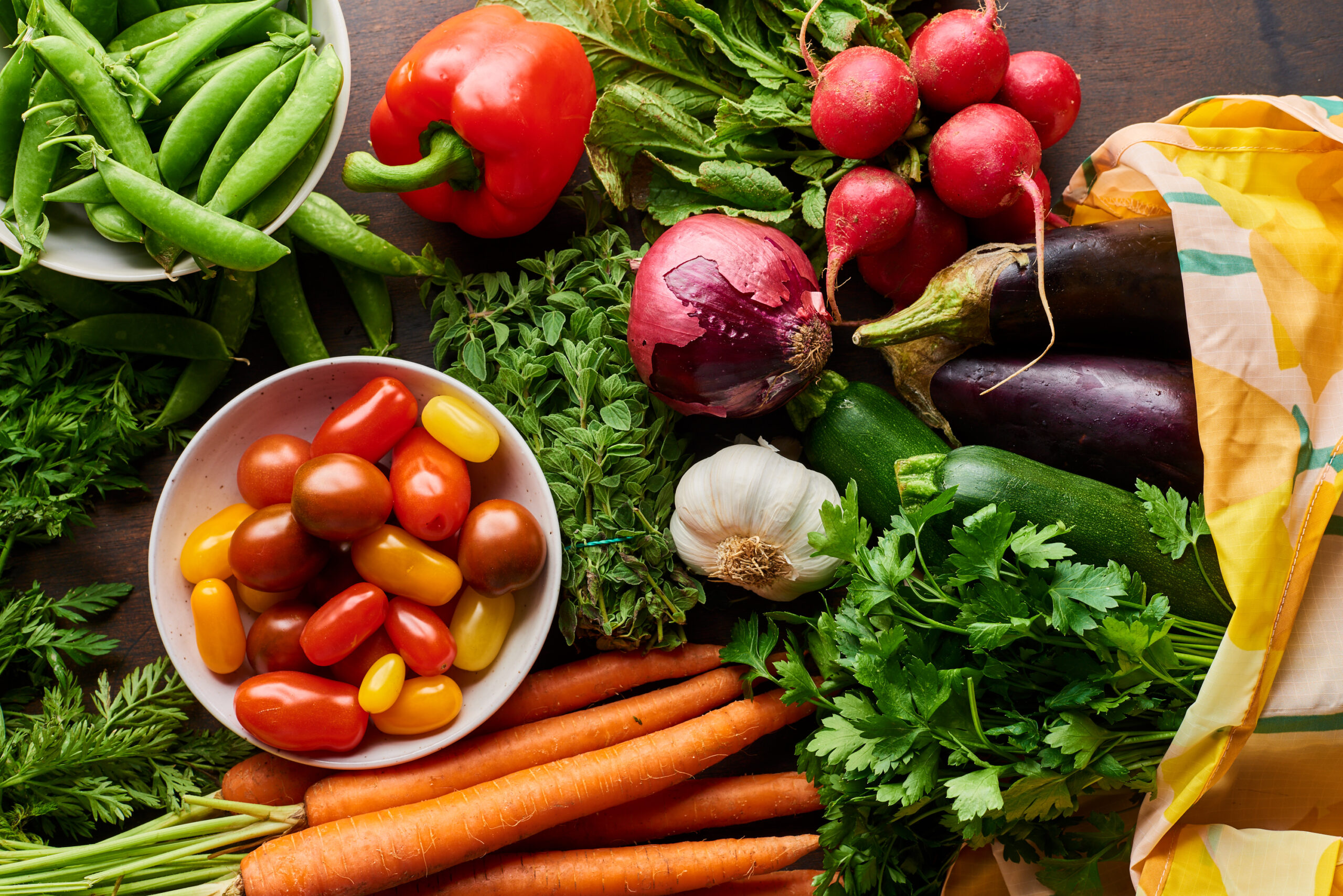
While Mediterranean-style eating includes having more meatless meals and plant-based proteins, it also calls for consuming 7 to 10 servings of fruits and vegetables per day.
To up your veggie intake, Jennifer McDaniel, MS, RDN, coauthor of the book and owner of McDaniel Nutrition Therapy, says to choose in-season produce when it’s most flavorful. She also recommends making a meal out of sides (yes, really!).
But when we’re controlling the sides—like Texas Caviar, Orange-Tarragon Sheet Pan Roasted Vegetables, Parslied Brown Rice Pilaf, and Braised Fingerling Potatoes with Oregano and Thyme—we can have far more healthful, delicious, and satisfying options than the usual mashed potatoes, corn, or pasta.
2. Don’t Stress (Too Much) About Protein
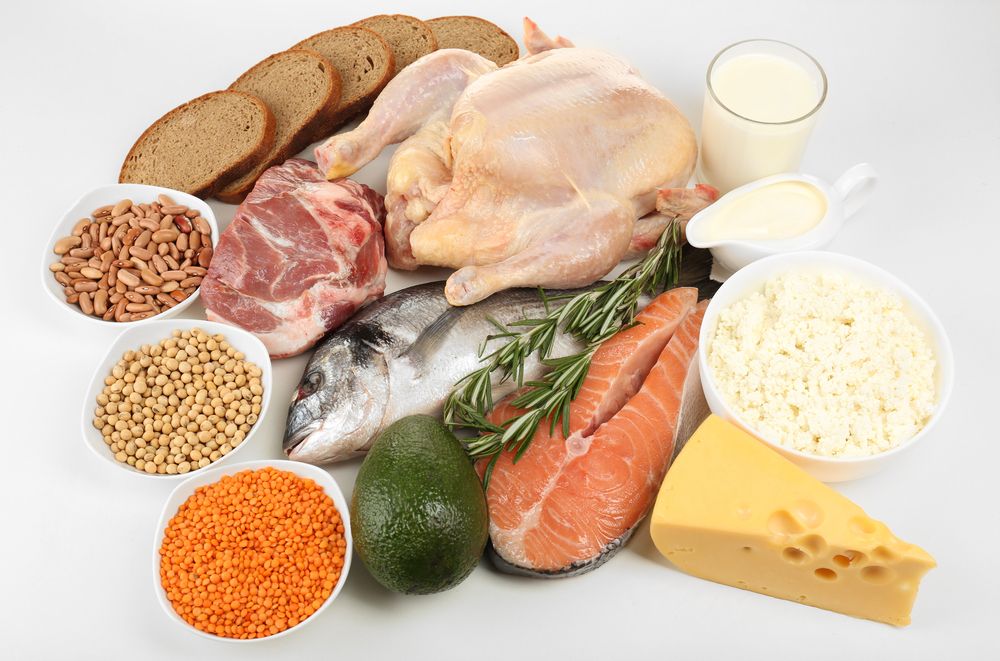
The diet is low in red meat, but is big on eating fatty fish such as salmon, tuna, or mackerel at least twice a week. So I wondered: Can a vegetarian truly reap the benefits of a Mediterranean diet without the seafood? And how can I get enough protein if I'm not eating meat or fish?
“The traditional diet Mediterranean diet is more ‘vegi-terranean’ than ‘meat-terranean,’” says McDaniel. “Much of the health benefits are largely due to the fact that fruits and vegetables play a starring role,” she adds.
Vegetarians who follow the Mediterranean diet “rarely need to worry about a deficit in protein if they eat a varied diet including nuts, beans, seeds, dairy, eggs, tofu, and high-protein whole grains such as quinoa.”
This is good news for me, as many of these foods appear in my weekly rotation. I could, however, be eating more beans and grains.
A little bit of weekly meal prep would help.
If I had quinoa or other, longer-cooking whole grains on hand, it would be so much easier to fix a hearty, healthful, filling salad during the week, rather than relying on sorry salads or simple sandwiches.
I could also try getting more protein into my breakfasts. “Research in satiety shows that eating a larger breakfast with 20 to 30 grams of protein may help promote satiety and a healthy body weight,” McDaniel says. She suggests a couple eggs, toast, and a small side of Greek yogurt; a smoothie with fruits, vegetables, and Greek yogurt or protein powder; or cottage cheese with herbs, tomatoes, olives, and cucumber.
3. Pay Attention to Omega-3s
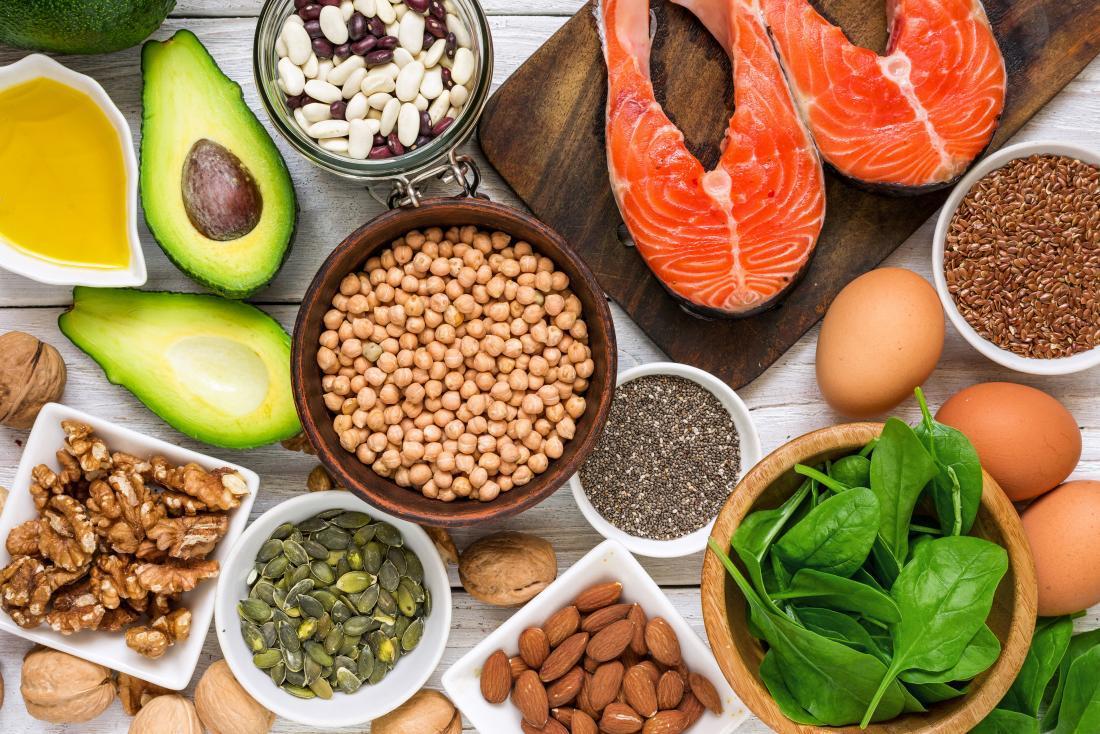
While ground flaxseed, flaxseed oil, walnuts, chia seeds, and seaweed all contain the omega-3 ALA (alpha-linolenic acid),
A diet rich in omega-3s—found in fatty fish, like salmon, tuna and mackerel, as well as in walnuts, flaxseed —and low in saturated fats may help protect against heart disease, stroke, cancer and inflammatory bowel disease.
4. Make a Balanced Plate
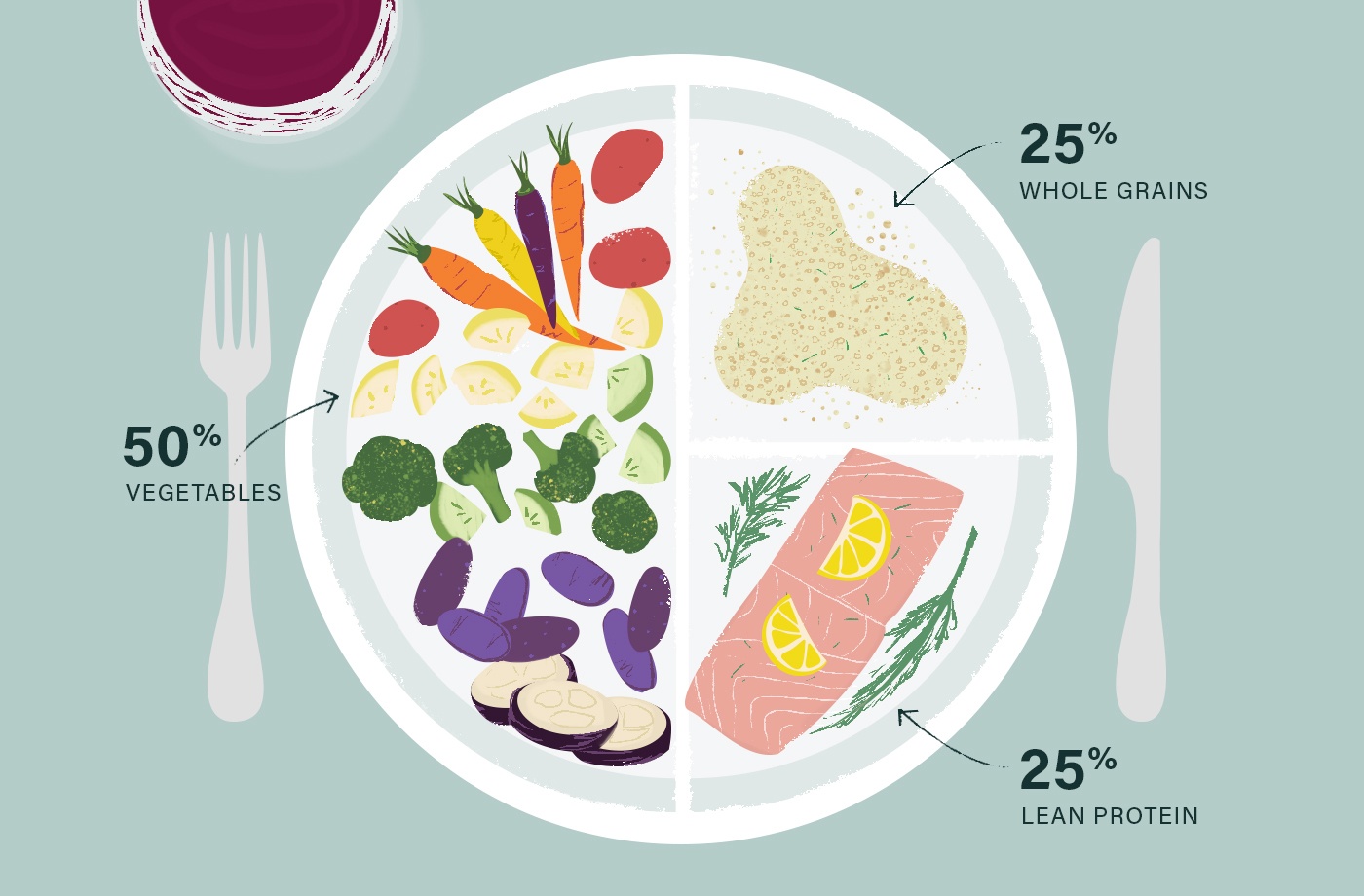
Veggies should be the star of the show on a Mediterranean Diet.
A plate should still include veggies; the other half should be balanced with a mixture of whole grains and plant-based proteins, such as farro and white beans.
Combining a variety of plant-based protein sources, such as whole grains and legumes, over the course of a day or two provides the “right mix” of the 20 amino acids, or the building blocks of protein, notes McDaniel. She also recommends the inclusion of a healthy fat, like olive oil.
“The plate still needs to be personalized to your health or body-composition goals,” she says. “Those seeking weight loss might fill 2/3 of their plate with more veggies and 1/3 whole-grains/legumes, plus healthy fat.
On the flip side, those looking to increase muscle or body weight, might increase their intake of the grains and plant-based proteins plus healthy oil.”
5. Don’t Skimp on Snacks

It’s important to note that the Mediterranean diet is partly about lifestyle.
It’s enjoying meals with family and friends. It’s drinking that glass of red wine, if you’re so inclined. But many folks in Mediterranean cultures take their meals late, often after 10 p.m. They also don’t snack the way we do.
McDaniel says it’s okay for us to veer from tradition a little bit. “Appropriately portioned snacks can help maintain energy between meals, prevent overeating at mealtime, and fill in any nutritional gaps in one’s day,” she says. Try veggies dipped in hummus or baba ghanoush, stuffed dates, grape leaves, or Greek yogurt with muesli.
McDaniel adds, “Most Americans would benefit from eating more during the light of the day and less at night” to support healthy body weight and manage hunger.
The Bottom Line
When you get a decent grasp on it ...
You can improve for better all-around health, without feeling hungry or deprived eating a mediterranean diet.
How to get started?
If you like the Mediterranean diet and want more information to start.
We do recommend getting joining The Mediterranean Inner Recipe Club. It's a weekly Mediterranean Meal Plan, grocery lists and over 200 recipes to help you get started.
Let us take all the hard work out of the Mediterranean diet for you! Hundreds of women are experiencing the same struggle you’re going through right now.
- 30-days of meal planning, done for you
- Complete shopping lists, already organized
- No Stress, Feel happier and energetic
Go ahead and click here for The Mediterranean Inner Recipe Club
Want over 200 Mediterranean recipes and meals that's planned for you?
© {2021} The Mediterranean Eats. All rights Reserved | Privacy Policy | Disclaimer
